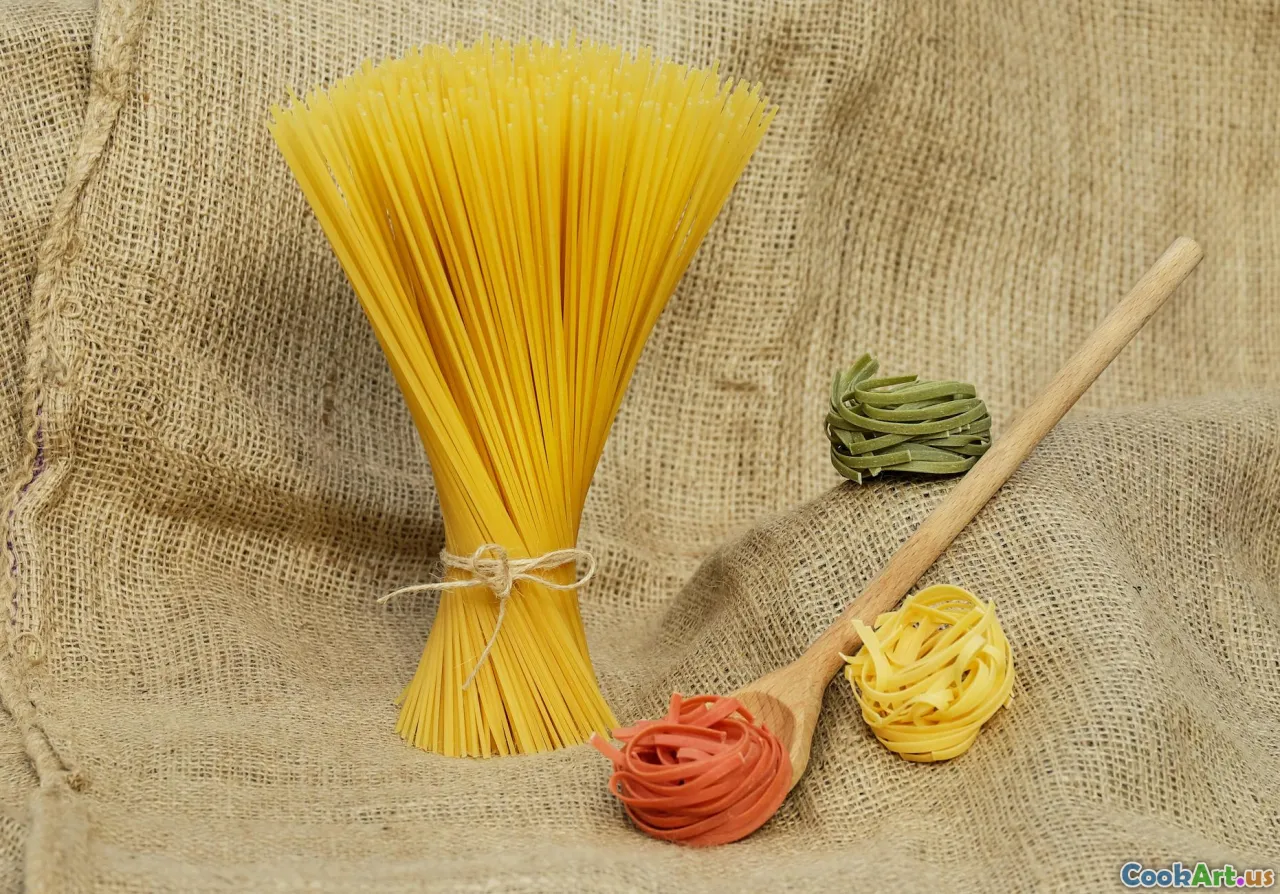Unveiling the Benefits of Spelt Flour
6 min read Discover the unique health benefits and culinary uses of spelt flour, an ancient grain making a comeback in modern kitchens. April 08, 2025 08:00
Unveiling the Benefits of Spelt Flour
Spelt flour, a relative of modern wheat, is an ancient grain that has gained popularity in recent years due to its unique flavor and impressive nutritional profile. As more people seek alternatives to conventional flours, spelt flour stands out not just for its health benefits, but also for its versatility in cooking and baking. In this article, we will explore the numerous advantages of incorporating spelt flour into your diet, its culinary uses, and why it might be the perfect addition to your pantry.
What is Spelt Flour?
Spelt (Triticum spelta), often referred to as an ancient grain, is a subspecies of wheat that has been cultivated for thousands of years. Unlike modern wheat, spelt retains its outer husk, which may contribute to its higher nutritional content. Available in both whole grain and white varieties, spelt flour has a nutty, slightly sweet flavor that enhances breads, pastries, and even pasta.
Nutritional Benefits of Spelt Flour
One of the most compelling reasons to include spelt flour in your diet is its impressive nutritional profile. Here are some key benefits:
-
Rich in Nutrients: Spelt flour is packed with essential nutrients, including protein, fiber, vitamins (such as B vitamins), and minerals (like iron, magnesium, and zinc). This makes it a healthier alternative to refined flours.
-
Easier to Digest: Many people find spelt flour easier to digest than conventional wheat flour due to its unique gluten structure. Spelt contains a different type of gluten that may be more tolerable for some individuals, although it is not gluten-free.
-
High Fiber Content: The high fiber content in spelt flour aids in digestion, promotes satiety, and helps regulate blood sugar levels. This can be particularly beneficial for those looking to maintain a healthy weight or manage diabetes.
-
Antioxidant Properties: Spelt flour contains antioxidants, which can help combat oxidative stress and reduce inflammation in the body. This may contribute to overall health and well-being.
Culinary Uses of Spelt Flour
Spelt flour is incredibly versatile and can be used in a variety of recipes:
- Baking Bread: Spelt flour is a favorite among artisan bakers. It adds a unique flavor and texture to bread, making it a perfect choice for rustic loaves.
- Pasta Making: You can use spelt flour to create homemade pasta. Its nutty flavor enhances the taste of various pasta dishes.
- Pastries and Cakes: Incorporate spelt flour into your favorite dessert recipes for a wholesome twist. It works well in muffins, pancakes, and cookies.
- Thickening Agent: Use spelt flour as a natural thickening agent in soups and sauces, providing a rich texture without overwhelming the dish.
How to Substitute Spelt Flour in Recipes
When substituting spelt flour for regular flour, keep in mind that spelt absorbs more liquid. Here are some tips:
- Use About 25% Less: If you’re replacing all-purpose flour with spelt flour, consider using about 25% less than the recipe calls for.
- Adjust Liquid: You may need to increase the liquid in your recipe slightly to achieve the desired consistency.
- Mixing with Other Flours: For optimal results, consider blending spelt flour with other flours, such as whole wheat or all-purpose, to achieve a balance of flavor and texture.
Conclusion
Incorporating spelt flour into your cooking and baking not only enhances the flavor of your dishes but also adds a wealth of nutritional benefits. As an ancient grain, spelt flour offers a glimpse into culinary traditions while catering to modern health-conscious diets. Whether you’re a seasoned baker or a curious cook, spelt flour deserves a spot in your kitchen. Embrace this ancient grain, and enjoy the myriad of flavors and health benefits it brings to your meals!









